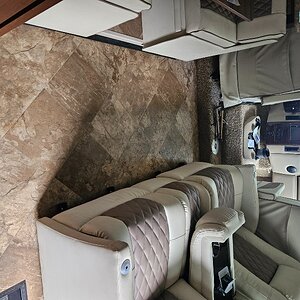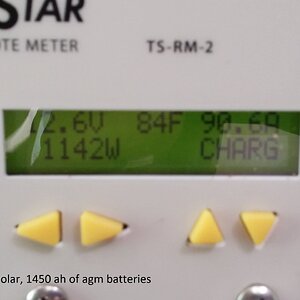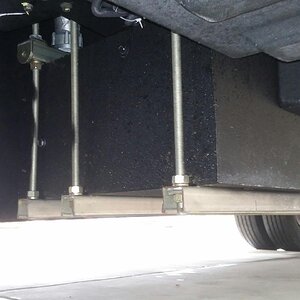skychs
RVF VIP
- Joined
- Jul 23, 2020
- Messages
- 313
- Location
- Glen Allen Virginia
- RV Year
- 2015
- RV Make
- Newmar
- RV Model
- Ventana LE 3636
- RV Length
- 36
I know and understand tire pressures are based on specific tires and weight. For my coach (2015 Ventana LE with 275/70/22.5) with a GVW around 31,000 lbs the tire charts recommend a pressure around 100psi.
What pressures are you running in your Class A's? Again, I know it's all dependent on coach, size, weight, tire size etc etc. Im just curious what others are running for pressures.
Thanks
What pressures are you running in your Class A's? Again, I know it's all dependent on coach, size, weight, tire size etc etc. Im just curious what others are running for pressures.
Thanks












